Miller Wilt
Persistent Weak Interferer Detection in WiFi Networks: A Deep Learning Based Approach
May 23, 2022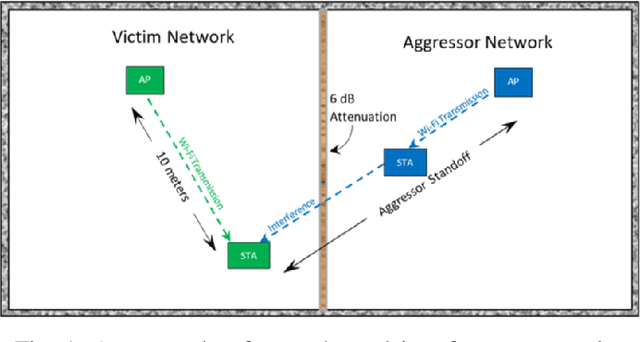
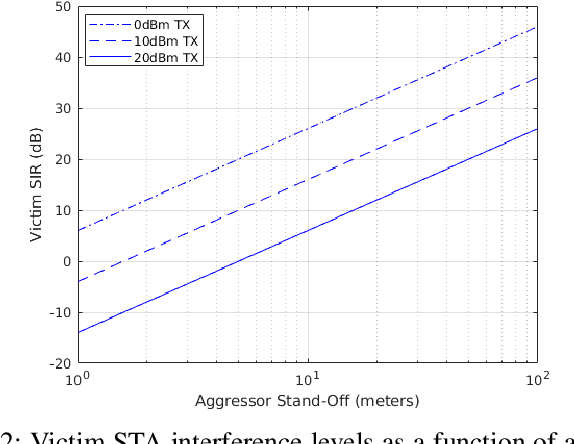
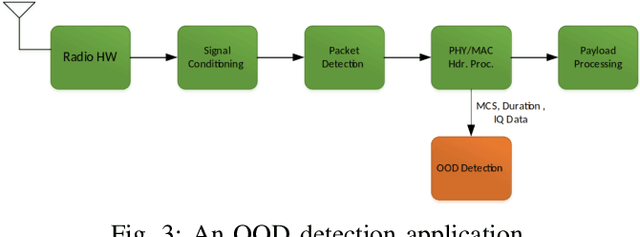
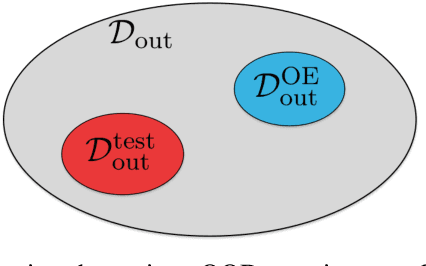
Abstract:In this paper, we explore the use of multiple deep learning techniques to detect weak interference in WiFi networks. Given the low interference signal levels involved, this scenario tends to be difficult to detect. However, even signal-to-interference ratios exceeding 20 dB can cause significant throughput degradation and latency. Furthermore, the resultant packet error rate may not be enough to force the WiFi network to fallback to a more robust physical layer configuration. Deep learning applied directly to sampled radio frequency data has the potential to perform detection much cheaper than successive interference cancellation, which is important for real-time persistent network monitoring. The techniques explored in this work include maximum softmax probability, distance metric learning, variational autoencoder, and autoreggressive log-likelihood. We also introduce the notion of generalized outlier exposure for these techniques, and show its importance in detecting weak interference. Our results indicate that with outlier exposure, maximum softmax probability, distance metric learning, and autoreggresive log-likelihood are capable of reliably detecting interference more than 20 dB below the 802.11 specified minimum sensitivity levels. We believe this presents a unique software solution to real-time, persistent network monitoring.
Scatterbrained: A flexible and expandable pattern for decentralized machine learning
Dec 14, 2021
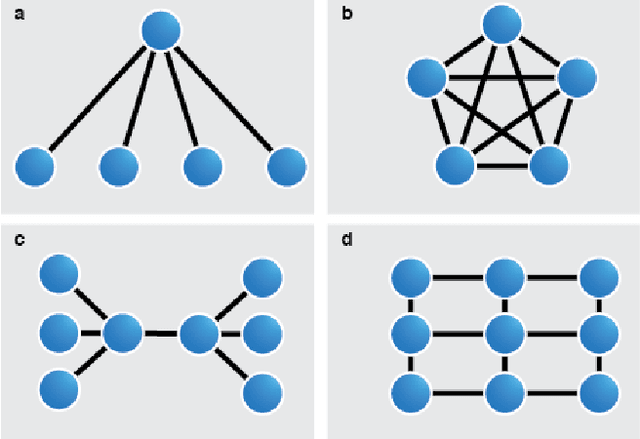

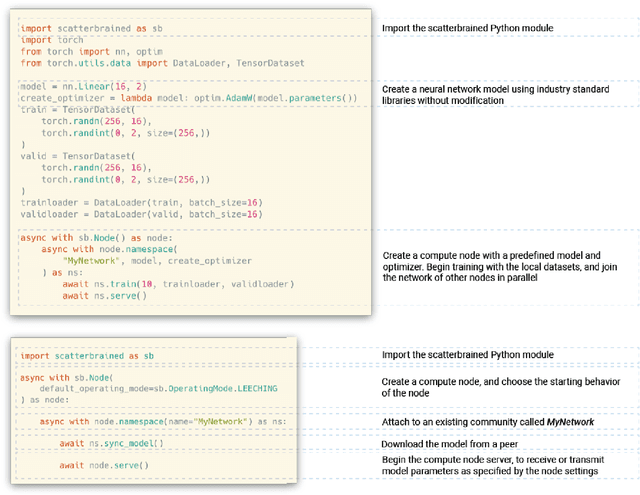
Abstract:Federated machine learning is a technique for training a model across multiple devices without exchanging data between them. Because data remains local to each compute node, federated learning is well-suited for use-cases in fields where data is carefully controlled, such as medicine, or in domains with bandwidth constraints. One weakness of this approach is that most federated learning tools rely upon a central server to perform workload delegation and to produce a single shared model. Here, we suggest a flexible framework for decentralizing the federated learning pattern, and provide an open-source, reference implementation compatible with PyTorch.
 Add to Chrome
Add to Chrome Add to Firefox
Add to Firefox Add to Edge
Add to Edge